
The house which that now stands has been dubbed 'Light Mine' by Crosson Architects and is still both those things but has also become something unique in New Zealand architecture.
When looking back at the house from the beach, the sight is both expected and surprising. In common with many architectural holiday homes dotted around the country — including a few of Crosson’s previous works — the overall form is low and defined horizontally by natural materials. In this case, cladding formed of thick bands of reclaimed totara make for a home that sits staunchly and comfortably in its surroundings, mimicking the colour of the sand and the lines of grass.
The house is made up of three low boxes, each containing a different function. The boxes are scattered around a loose sort of grassy courtyard, with every space in the house opening out onto it through Metro Series sliding doors.
The beachside box contains living areas and a main bedroom. Behind that, a separate building connected by a covered walkway has a bunkroom and a bedroom. Across the courtyard, there’s a self-contained one-bedroom apartment.
Yet, the horizontality and indeed, the casualness of the building is broken both by the ‘light mines’ that sit on the roof — the architect’s ingenious response to the area’s mining history — and the intelligent use of glazing. The light mines themselves are deep ceiling recesses placed across the house, drawing light down into the home and making the inside space feel voluminous. “The actual position of each mine is a direct connection to a key spatial programme beneath them,” says Sam Caradus, of Crosson Architects: “Living, dining and sleeping spaces each have their own ‘mine’.”
Throughout the house, a variety of experiences create a lively, dynamic home at different times of the day, and different times of year. In the guest bathroom, a slot window at shoulder height in the shower gives you the feeling that you’re almost showering outside in the trees.
In the living area, an east-facing window seat catches the morning sun— here, the head of the window is recessed and the corner of the glass minimised to maximise the view. “Capturing and framing views with the least amount of obstruction possible is always paramount,” says Caradus. “We are always interested in the most minimal profiles so the focus is through the opening.”
This is another way of breaking the horizontality: from inside the dwelling, it gives the sense of compressed space opening out to an expansive view. It’s a little detail that makes for an uncommon, and uplifting, spatial experience.
“While physically the house represents the exploration of many things we as a practice are interested in, it really stands as testament to the bravery and courage of our clients,” says Caradus. “They were prepared to come on a journey and trust in the process. It’s one thing for an architect to dream it up. It’s completely another to have a client believe in your vision and commit to realising it.”











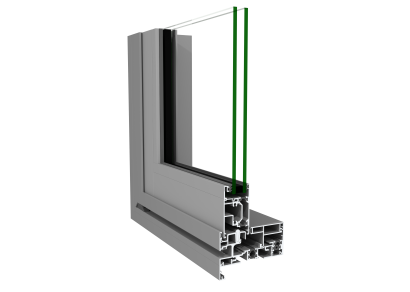
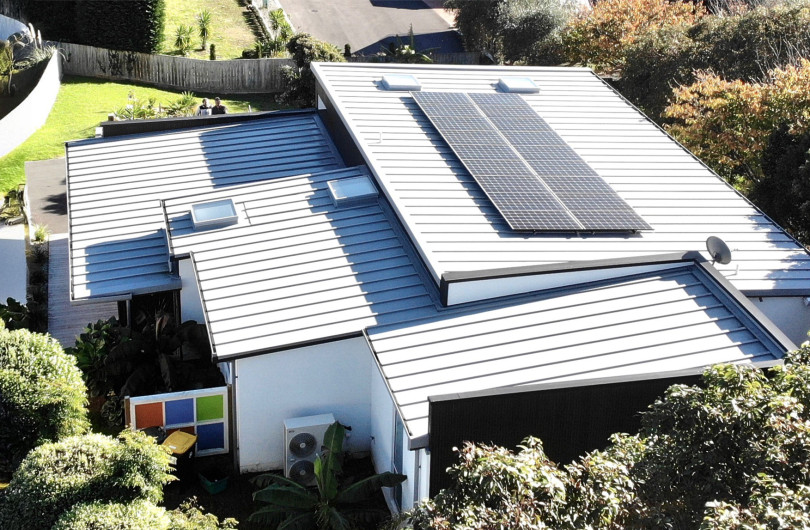
 New Products
New Products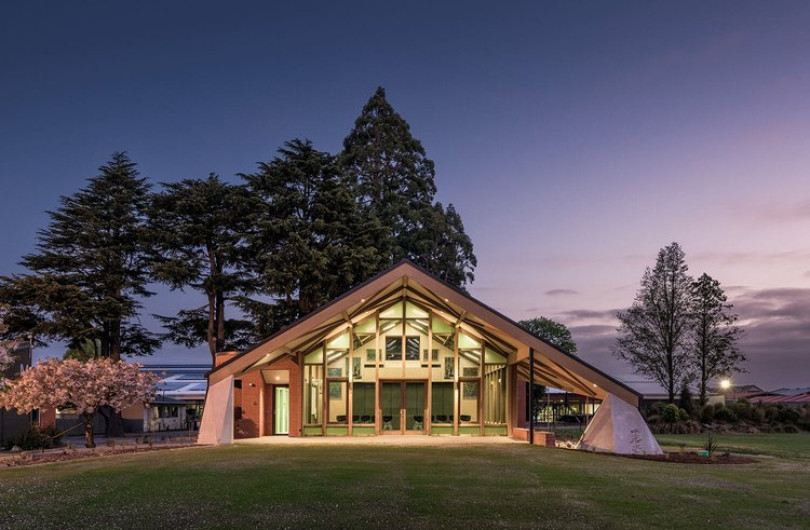
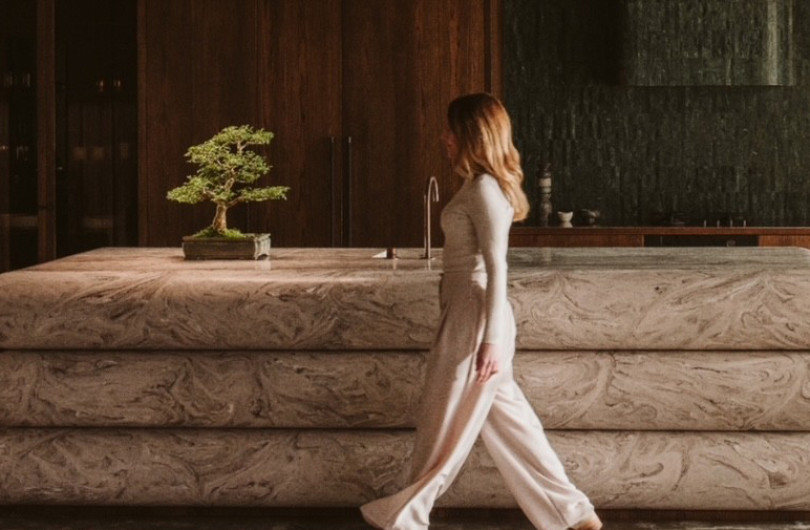








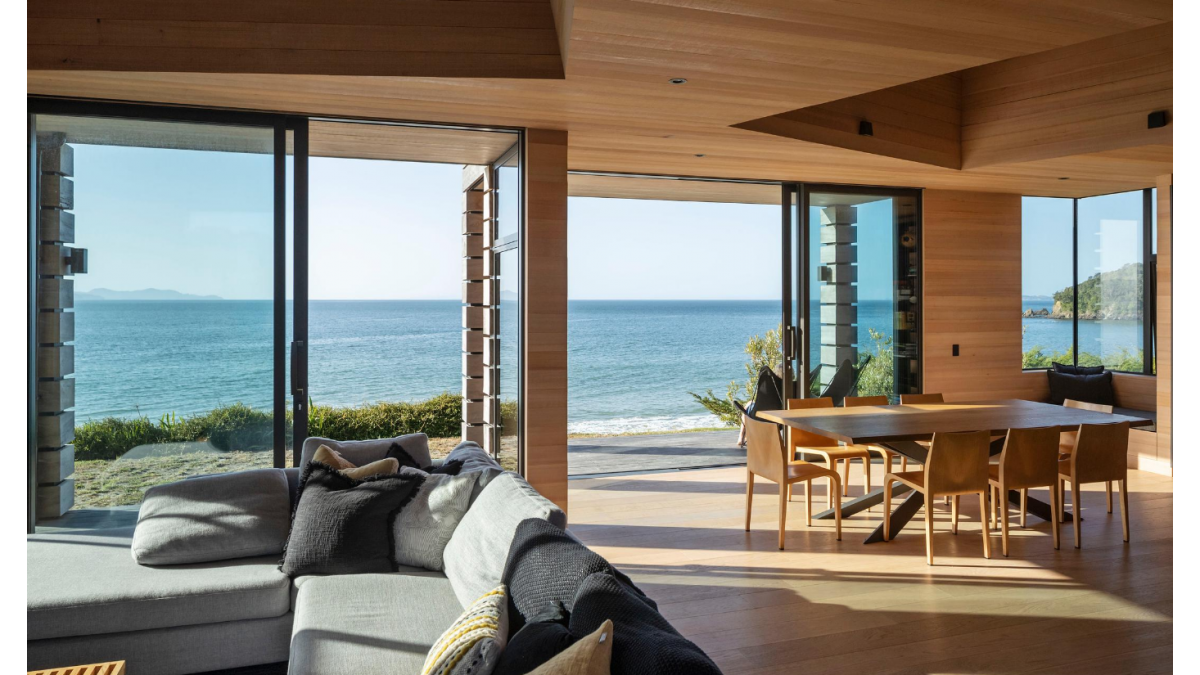
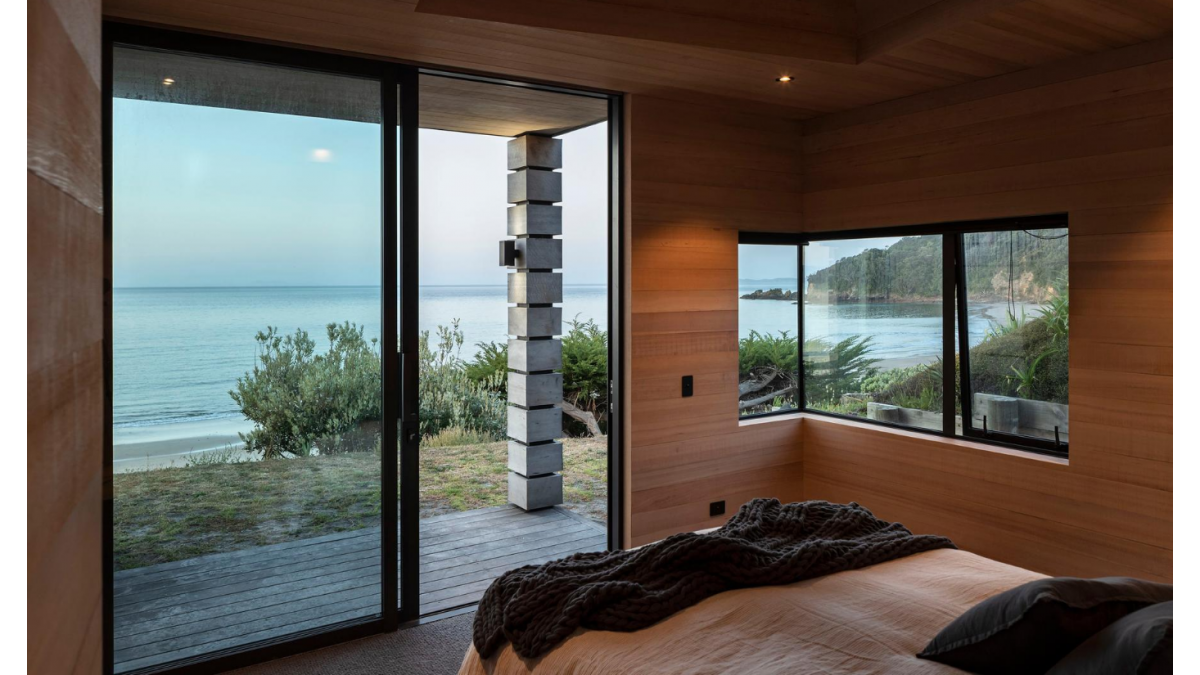
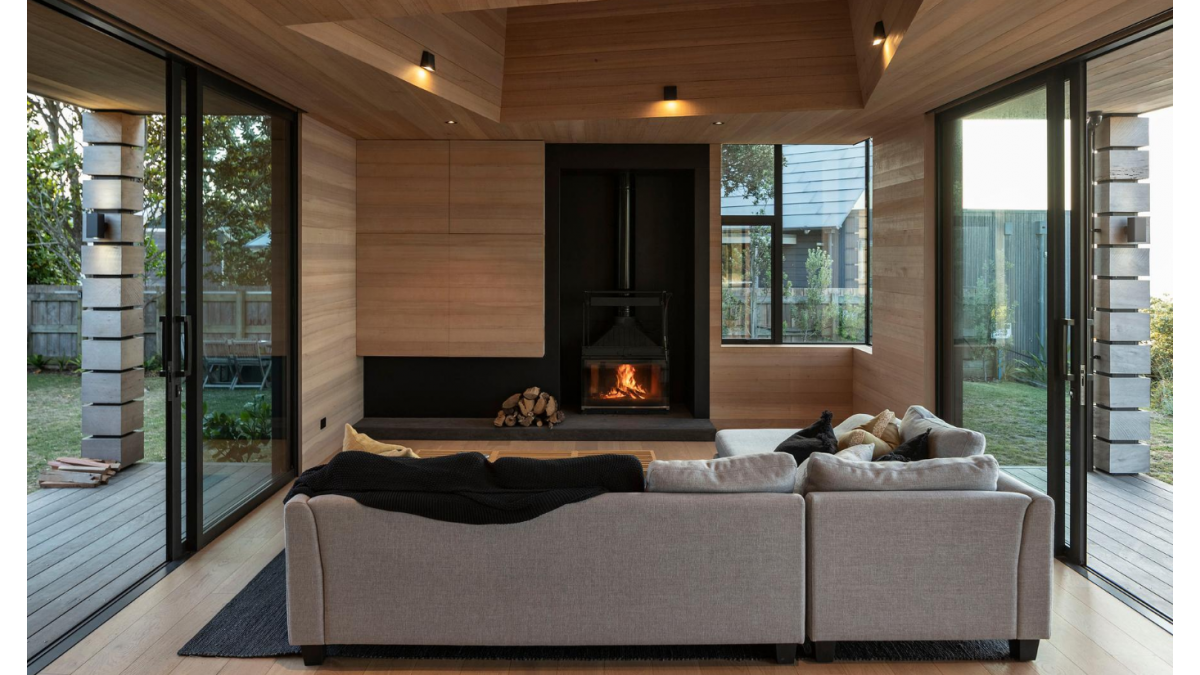
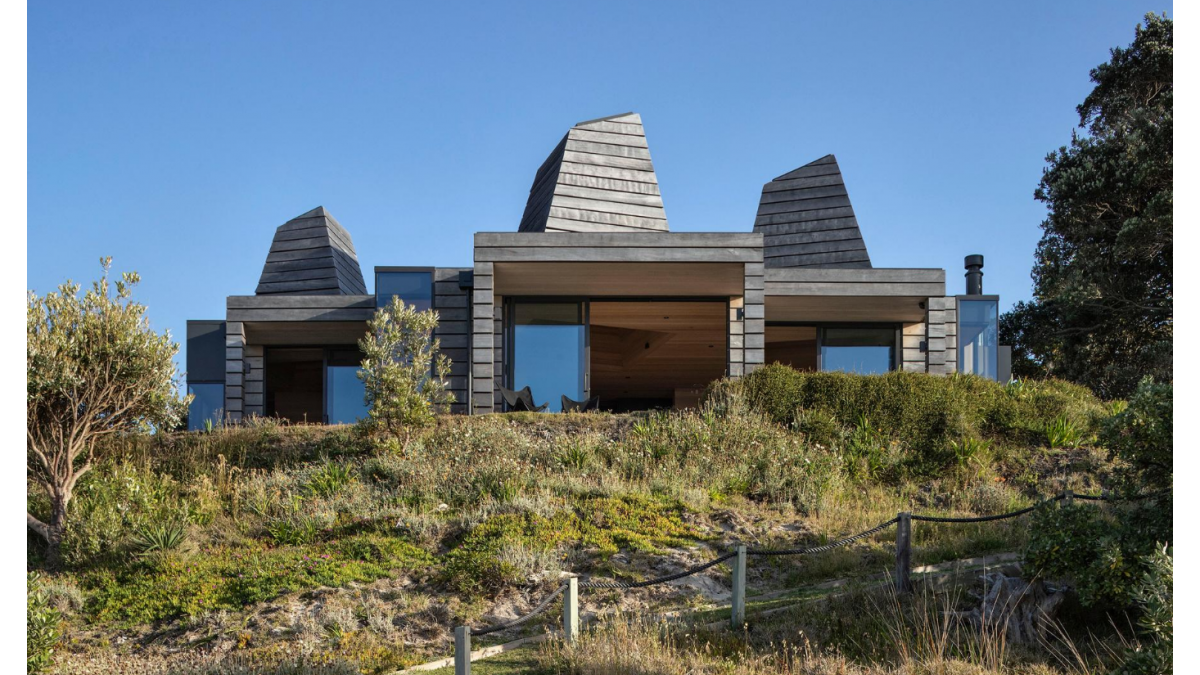




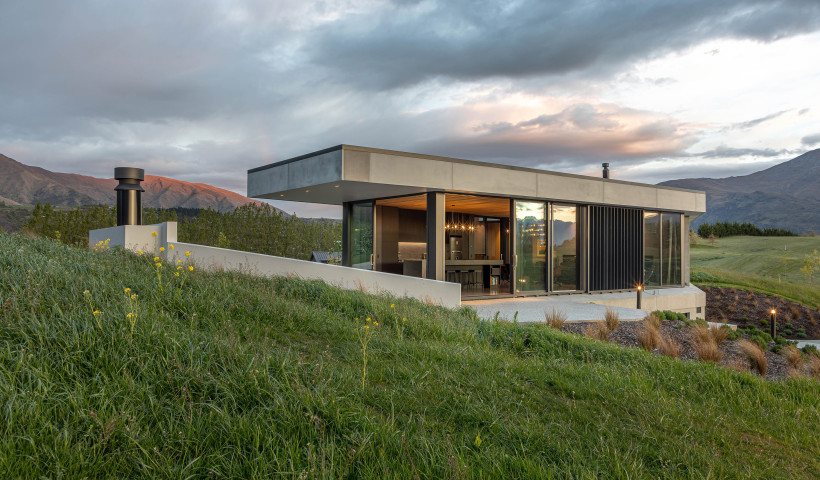
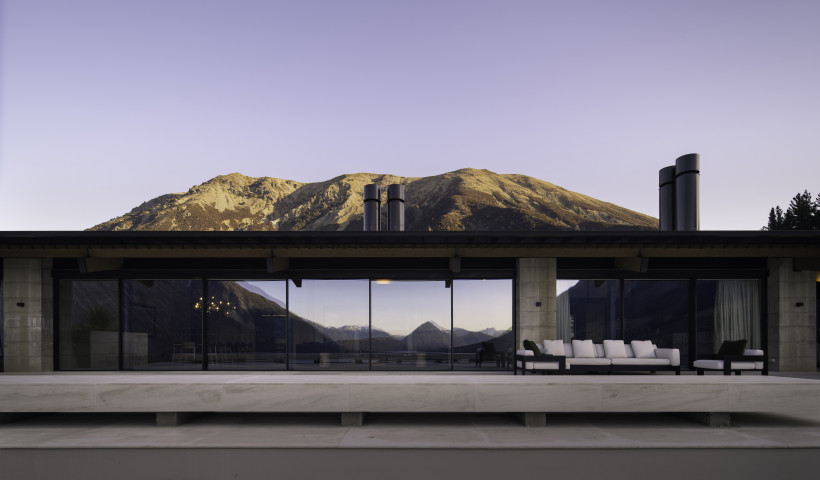
 Popular Products from ALTHERM Window Systems
Popular Products from ALTHERM Window Systems


 Most Popular
Most Popular


 Popular Blog Posts
Popular Blog Posts
